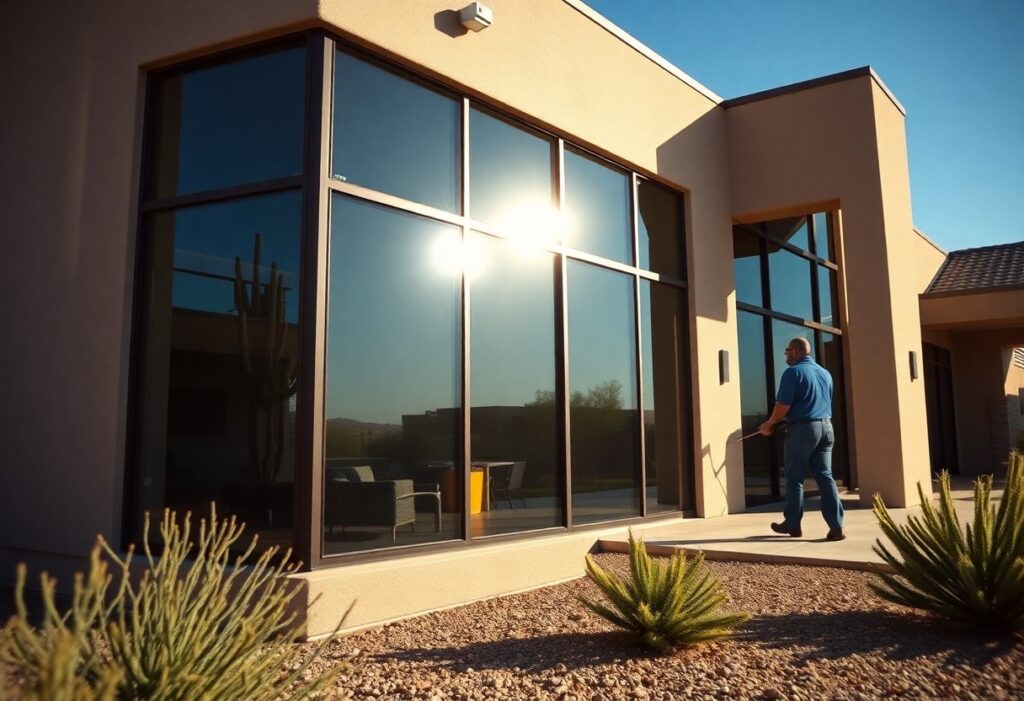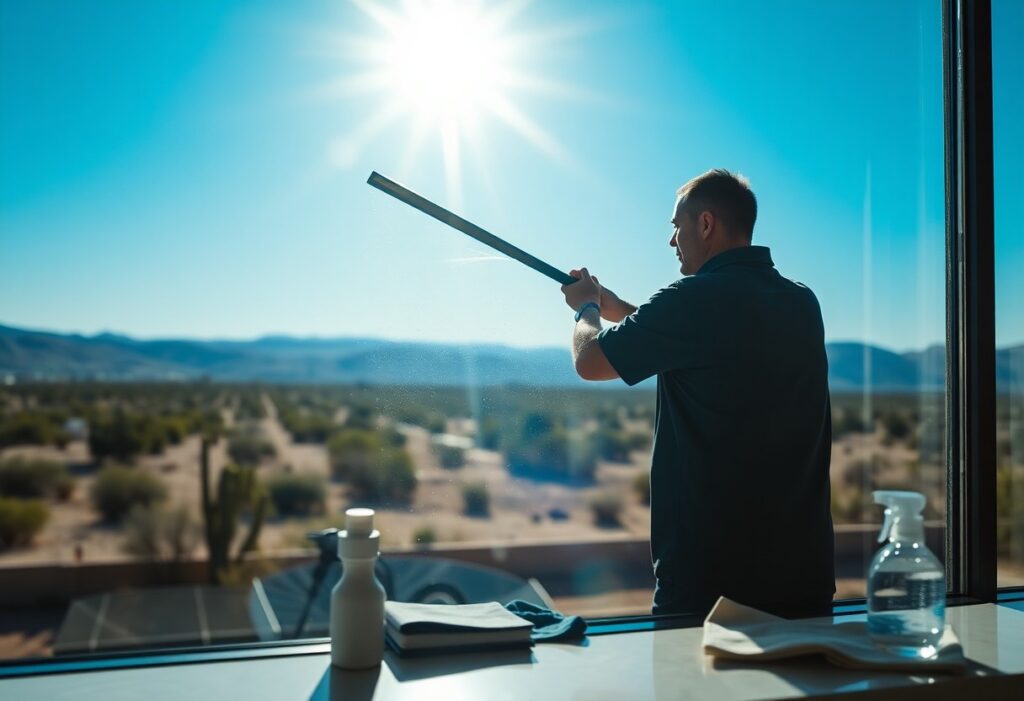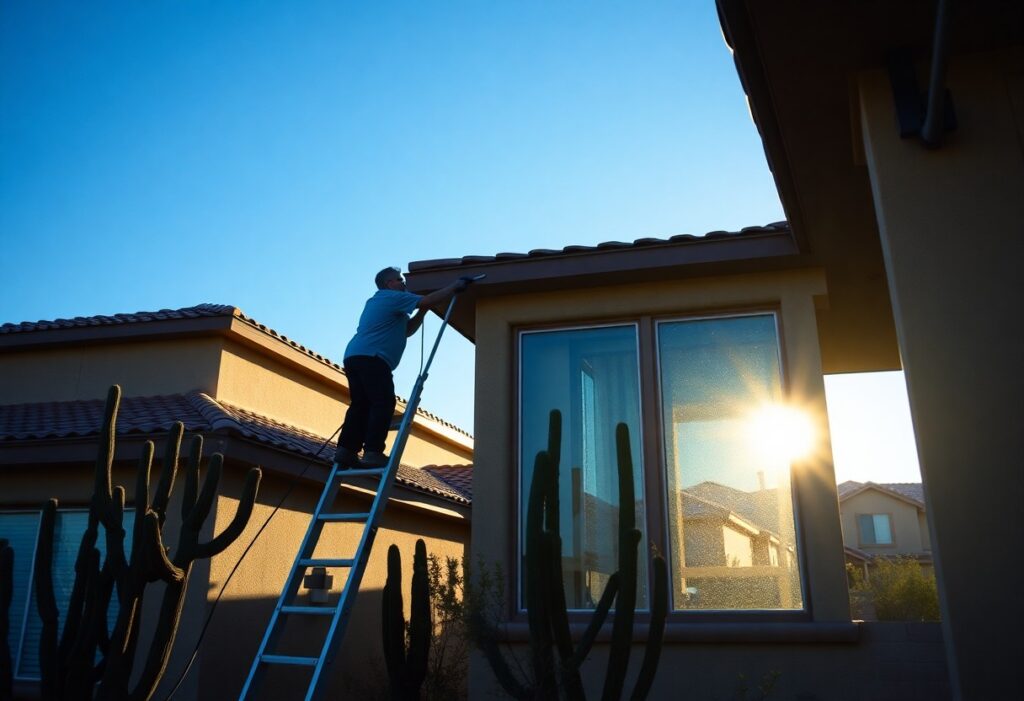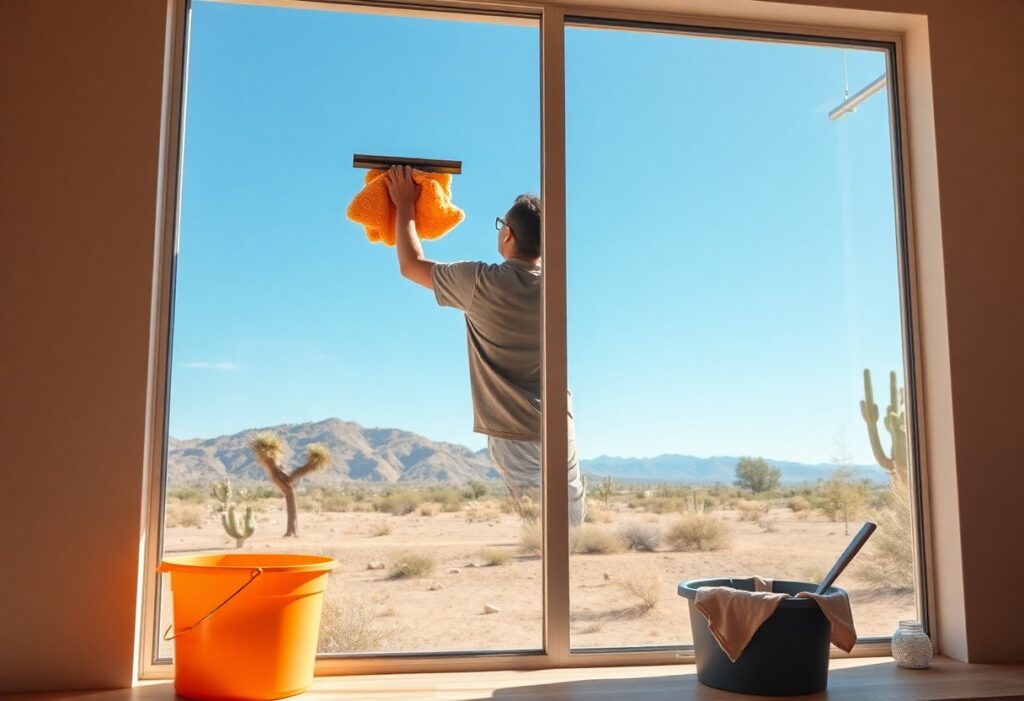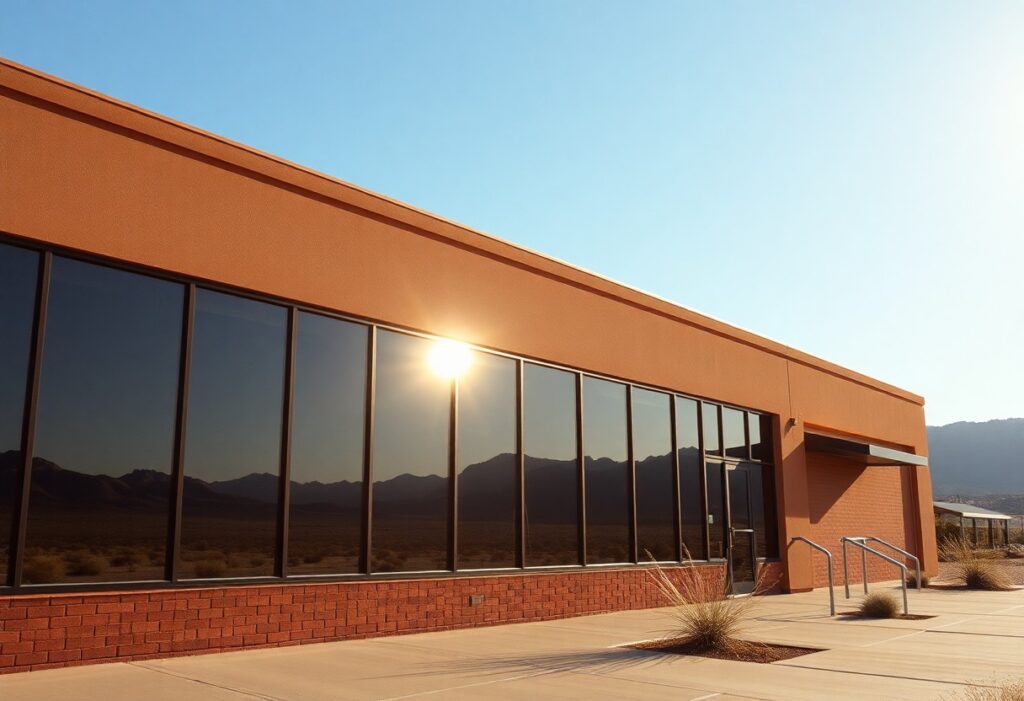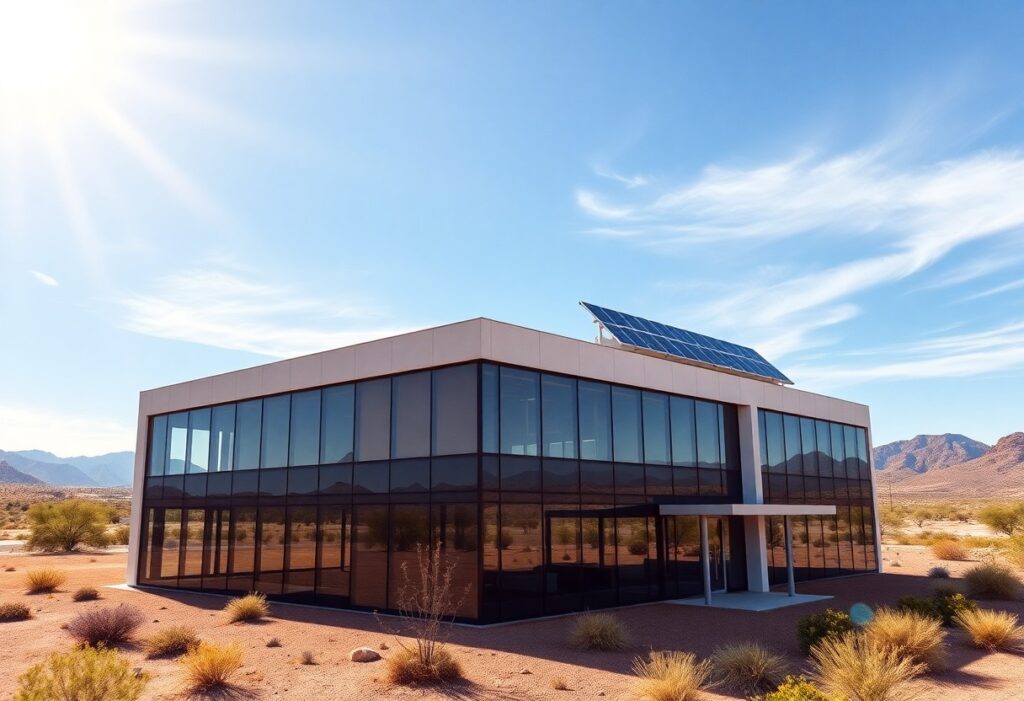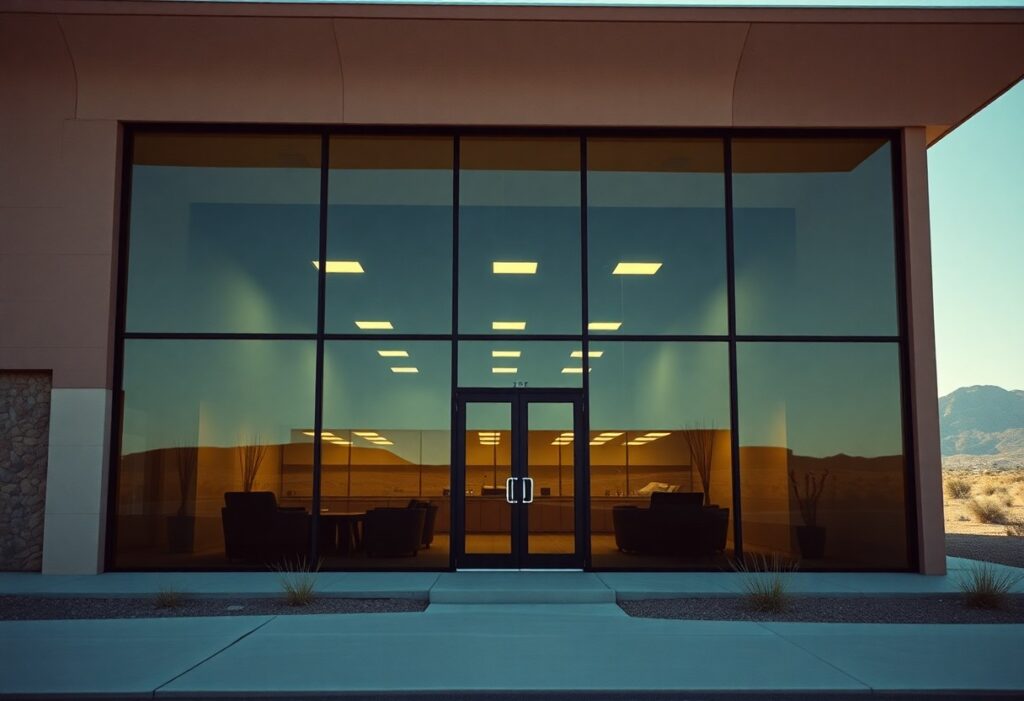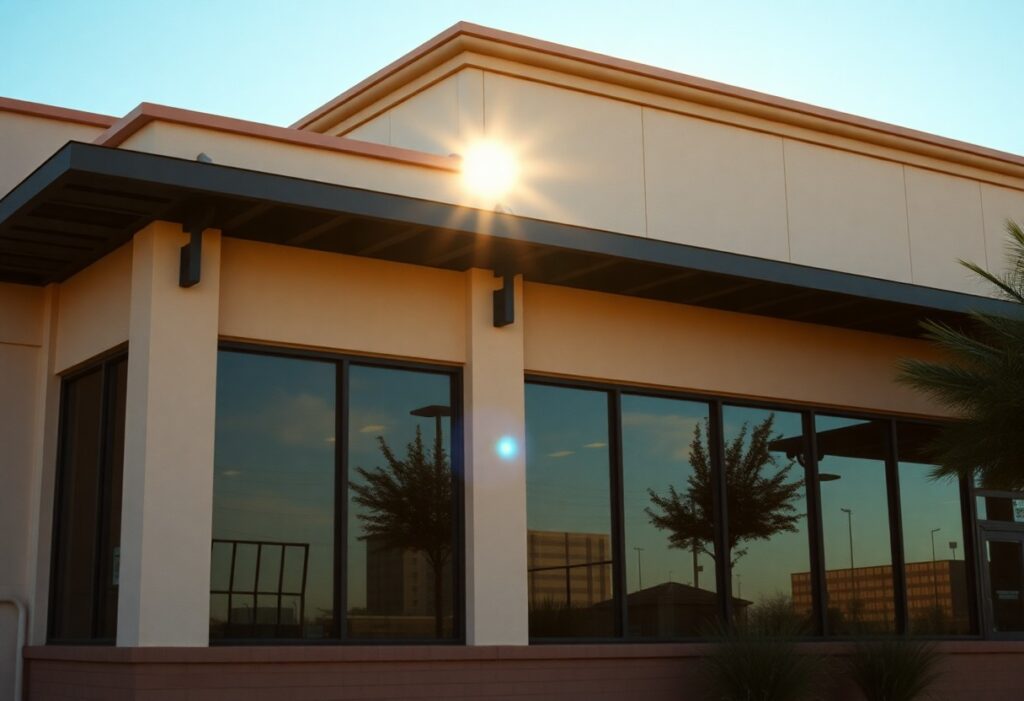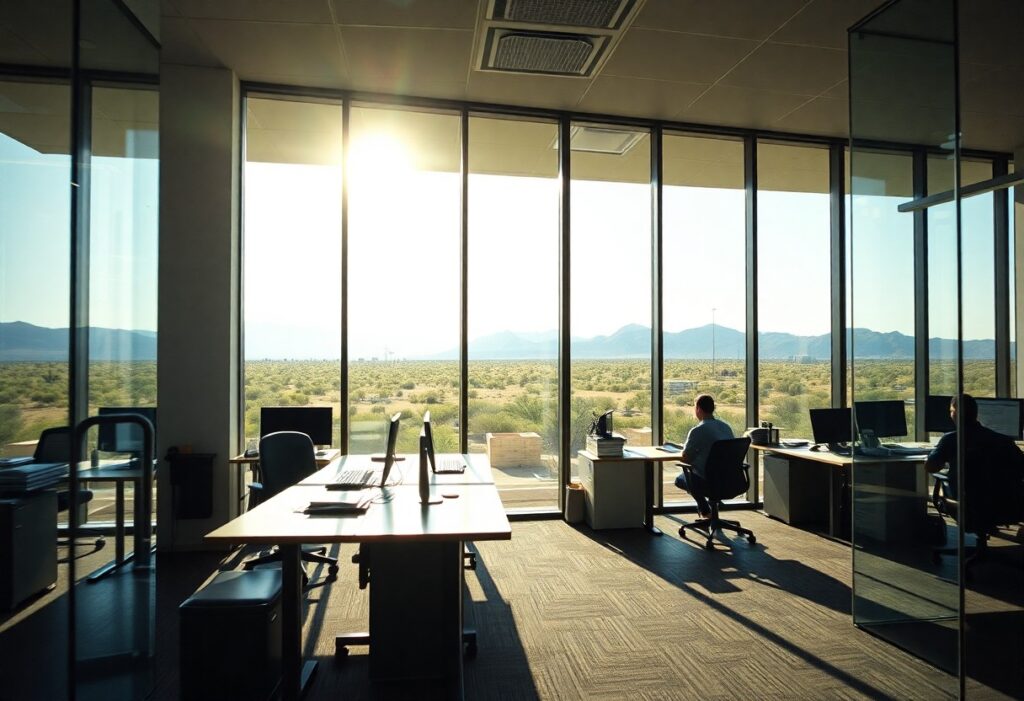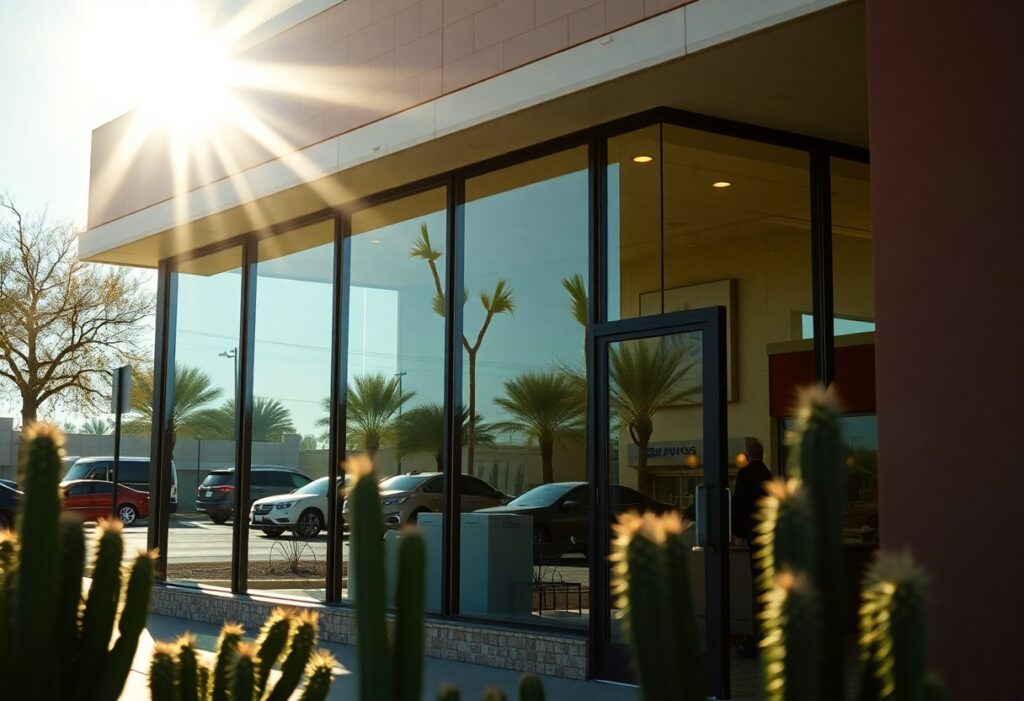Why Homeowners In Arizona City Are Turning To Professional Window Tinting
There’s a growing trend among homeowners in Arizona City opting for professional window tinting to enhance their living spaces. By selecting quality window films, you can significantly reduce harmful UV rays, lower energy costs, and improve your home’s privacy and aesthetics. This practical solution not only protects your furnishings from fading but also creates a more comfortable indoor environment, making it a smart investment for your property. Explore how these benefits are transforming homes and why you should consider this upgrade for your own residence. Surge in Demand: Why Arizona Homeowners Are Embracing Window Tinting A growing number of Arizona homeowners are recognizing the benefits of professional window tinting as a practical solution to rising temperatures and energy costs. With homes becoming increasingly vulnerable to high heat and glare, tinted windows offer a way to enhance comfort while reducing energy expenses. More than mere aesthetics, this trend reflects a shift towards energy efficiency and environmental sustainability in residential spaces. Rising Temperatures and Energy Costs Unbearably hot summers in Arizona drive up energy costs, with air conditioning units working overtime. Window tinting reduces heat gain, allowing residents to keep their spaces cooler, significantly lowering electricity bills and extending the lifespan of cooling systems. Impact of Rising Temperatures and Energy Costs Factor Impact Average Summer Temperature Above 100°F Energy Bill Increase Up to 30% Heat Gain Reduction Up to 80% AC System Lifespan Extended by 20% Enhanced Privacy and Security Concerns With heightened awareness of privacy and safety, many homeowners find window tinting an effective deterrent against prying eyes and potential intruders. Tinted windows create a barrier that protects personal spaces without sacrificing natural light, making it harder for outsiders to see inside your home. Enhanced privacy extends beyond just visual barriers; it also contributes to a sense of security. High-quality window films are designed to fortify glass against breakage, offering an additional layer of protection. Burglars often avoid homes with tinted windows, as it hampers their ability to assess valuables within. Furthermore, tinted windows can block about 99% of harmful UV rays, protecting your furniture and belongings from fading while keeping your environment comfortable. This multifaceted approach to privacy and security makes window tinting a compelling choice for Arizona homeowners seeking peace of mind. The Science of Window Tinting: Benefits Beyond Aesthetics Window tinting offers remarkable advantages that extend well beyond visual appeal. By reducing glare and enhancing privacy, tinted windows create a more comfortable living space. The science behind window film technology includes materials that reflect harmful rays, contributing to long-term health benefits and energy savings. Homeowners are increasingly aware that window tinting is a smart investment for both lifestyle and property value. UV Protection and Health Implications Installing window tint can block up to 99% of harmful UV rays, greatly reducing skin damage risks and decreasing the likelihood of skin cancers. By ensuring your home has UV protection, you safeguard your family’s health while also preserving your furniture, flooring, and artwork from fading due to sun exposure. Temperature Regulation and Energy Efficiency Effective window tinting significantly improves temperature regulation, allowing you to maintain a consistent indoor climate. This gain translates to lower energy bills, as your HVAC system operates more efficiently and consumes less power to regulate temperatures. The average homeowner can save up to 30% on cooling costs annually. Table: Key Benefits of Temperature Regulation and Energy Efficiency Benefit Impact on Home Lower Energy Bills Up to 30% savings on cooling costs Improved Comfort Consistent indoor temperatures year-round Extended HVAC Lifespan Reduced wear and tear on cooling systems Window tinting not only fosters comfort through better temperature management but also enhances overall energy efficiency in your home. By minimizing solar heat gain, your air conditioning system faces less strain, allowing it to operate more smoothly and prolonging its lifespan. Additionally, maintaining a stable indoor climate creates a more enjoyable living environment, leading to healthy, happy families. Table: Additional Energy Benefits of Window Tinting Energy Savings Lower monthly utility bills Environmental Impact Reduced reliance on energy resources Increased Property Value Attractive feature for potential buyers Long-Term Financial Benefits: A Smart Investment for Your Home Investing in professional window tinting offers significant long-term financial advantages for homeowners in Arizona City. The initial cost often pays for itself through energy savings over time, enhancing your home’s efficiency while reducing the need for frequent HVAC maintenance. With the right tint, you not only protect your interiors from sun damage but also lower your utility bills consistently, making it a wise choice for enhancing overall property value. Reducing HVAC Costs Over Time Tinted windows can reduce the load on your HVAC system by up to 30%, leading to substantial savings on your energy bills. By reflecting solar heat and minimizing the amount of UV radiation entering your home, the window film helps maintain a steady indoor temperature. This efficiency translates directly into lower cooling costs, allowing you to redirect those savings toward other home improvements. Increasing Property Value and Market Appeal Professional window tinting enhances your property’s market appeal, making it more attractive to potential buyers. Well-maintained homes with energy-efficient features often command higher resale prices. The added privacy, aesthetic upgrade, and energy savings are appealing selling points that distinguish your home in a competitive market. Increasing property value through professional window tinting not only improves aesthetics but also serves as a tangible investment in energy efficiency. Homes with window films demonstrate a commitment to sustainable living, a characteristic that many buyers seek. With rising energy costs, the ability to showcase lower utility bills becomes a strong selling proposition. Furthermore, incorporating energy-efficient features such as window tinting can make your property eligible for certain tax credits or incentives, enhancing its overall value and marketability. Navigating the Selection Process: Choosing the Right Tint With various options available, selecting the right window tint can feel overwhelming. Focus on factors like your specific needs, local regulations, and the level of UV protection you desire. Consider the tint’s appearance, heat rejection capabilities, and its impact on

